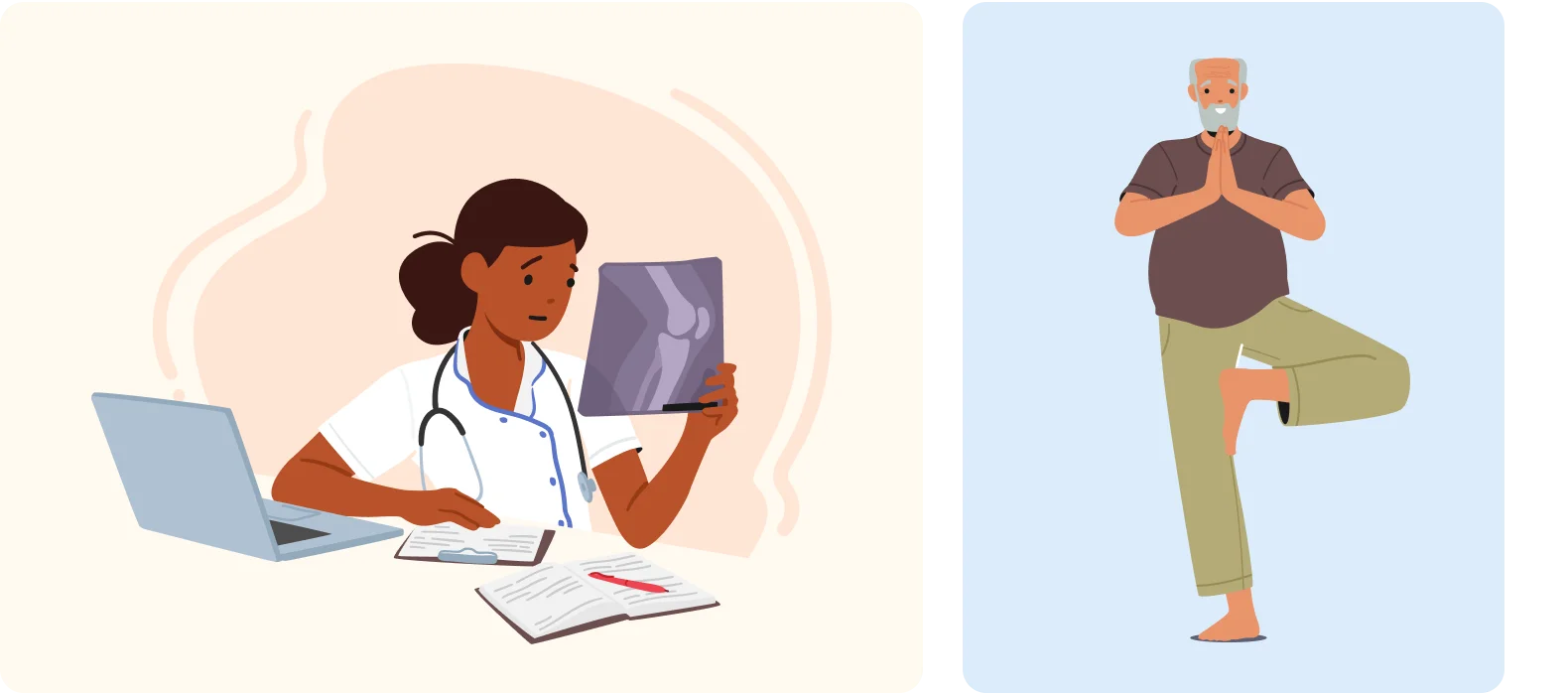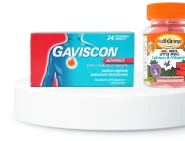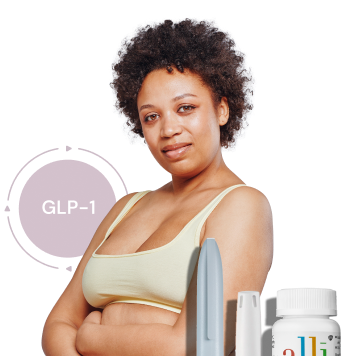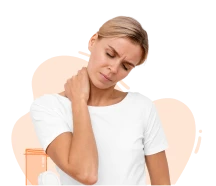Overview
Osteoporosis is when your bones lose density and become weakened, fragile, and more likely to break—even with minimal trauma or stress on the bones. It develops slowly over several years and occurs when the creation of new bone doesn’t keep up with the loss of old bone. In other words, more bone is broken down than is replaced.
Hip fractures from osteoperosis often lead to older people losing their independence and moving into nursing homes or assisted living, often leading to secondary complications and death. This is why slowing down the loss of bone density and increasing muscle incredibly important as we age.

Causes
Osteoporosis is mainly caused by an imbalance between bone formation and bone resorption, leading to bone loss.
Factors that contribute to the development of osteoporosis
- Age—bone loss is a natural part of getting older (people reach their peak bone mass by age 30). When a bone density scan shows you have lower bone density than average for your age, but not low enough to be classed as osteoporosis, it is called osteopenia.
- Gender—women are more likely to get osteoporosis, especially after menopause when estrogen levels drop (leading to more bone resorption than formation).
- Family history—especially if parent has had a hip fracture
- Genetics—peak bone mass is partly inherited
- Lack of vitamin D and calcium
- Sedentary lifestyle—especially lack of weight-bearing exercises
- Some medical conditions—including hormonal disorders, gastrointestinal disorders, certain cancers, and chronic liver or kidney disease
- Long-term use of medications such as corticosteroids and some anticonvulsants
- Excessive alcohol consumption
- Smoking
- Low body weight or body mass index (BMI)
Symptoms
Osteoporosis is often referred to as a “silent disease” because it typically does not cause pain or noticeable symptoms until you fracture or break a bone.
Common fractures
- Broken wrists
- Broken hip or hip fracture
- Broken or partial collapse of spinal bones (vertebrae)
- Broken ribs (sometimes caused by a cough or sneeze)
Common signs in some people
- Stooped or bent forward posture (kyphosis or dowager’s hump)
- Back pain
- Loss of height over time
Diagnosis
Osteoporosis is typically diagnosed through a combination of medical history, physical examination, and bone density testing. Doctors will usually measure your bone density with a Dual-energy X-ray absorptiometry (DEXA or DXA) machine that uses low levels of X-rays to see the proportion of mineral in your bones—usually in the hip and spine.
Treatments
There is no cure for osteoporosis, so treatment aims to slow down bone loss, increase bone density, reduce the risk of fractures, and manage symptoms.
Lifestyle Changes
- Consume a diet rich in calcium and vitamin D such as dairy products, leafy green vegetables, and fortified foods.
- Increase Vitamin D through sunlight exposure, fortified foods, and supplements.
- Do weight-bearing physical and exercises that improve balance such as walking, jogging, yoga, tai chi, dancing, and resistance training.
- Stop smoking and and the consumption of alcohol
Medicines
- Bisphosphonates to slow down bone deterioration
- Denosub to reduce chance of breaks
- Selective oestrogen receptor modulators (SERMs)
- Conjugated estrogen-progestin hormone replacement (HRT) to help maintain bone density after menopause
- Biological medicines
Supplements
FAQs
Is there a cure for osteoporosis?
There is no cure for osteoporosis. But you can manage and improve symptoms with medicines and lifestyle changes.
What is the best treatment for osteoporosis?
For the past two decades, Bisphosphonates, medicines that slow down the breakdown of bone tissue, are usually the first choice for osteoporosis treatment.
Does vitamin D help osteoporosis?
Yes. Vitamin D is essential for maintaining bone density and for significantly reducing the risk of fractures related to osteoporosis.




























